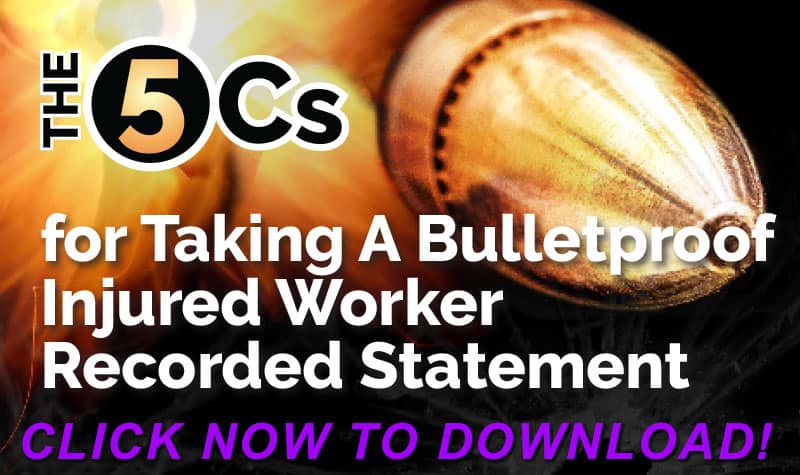
Role of Labor Unions in American Industry
Since the Industrial Revolution, there has been an ongoing clash between efforts to organize workers and management. Each side has competing interests regarding workplace safety, wages, and benefits. The concept of organized labor took hold in the United States following the Civil War with the formation of the American Federation of Labor. New Deal politics and the election of President Franklin Roosevelt gave many victories to organized labor with the passage of laws that impact the workplace in the present. Basic tenants of these new laws include:
- Protections for workers seeking to organize labor unions in workplaces;
- Ability of workers to demand protections from organizing labor unions; and
- The rise of organized labor and the ability to influence workplace safety.
While there will always be tension between the competing interests of labor and management, interested stakeholders seeking to reduce workers’ compensation program costs should embrace a safe work environment for all employees.
Challenges when Dealing with Labor Unions
The interests of labor and management will always be different. Management seeks annual production increases with reduced costs, sometimes driven by safety measures. Labor seeks a safer workplace, even if it means decreased production or added costs. Both sides have valid points of view.
Interested stakeholders in management should consider the following issues when seeking to get buy-in from an active labor union in the workplace:
- Issues Related to Trust: Trust is always a factor when a new workplace policy or procedure is outlined. Consider involving all levels of employees in significant decisions that relate to safety.
- Collective Bargaining Agreement: Review the relevant collective bargaining agreement (CBA) before announcing new policies and procedures. This should include decisions on the potential transfer of an employee, creation of new job assignments, interaction with seniority provisions, and all return to work-efforts.
- The Double-Edged Sword of Safety: Failure to involve all levels of employees can harm workplace morale and the willingness of organized labor. This comes in the form of modification of job assignments or processes involved in completing a project.
Every labor union has a unique set of issues. When discussing changes to the workplace, safety, and work injury response, consider where labor and management are positioned and all ramifications of making a particular decision.
Avoiding Disincentives to Return to Work
Return to work should be in the minds of all interested stakeholders following a work injury. This is because countless studies show an effective return to work program increases workplace morale and reduces the medical and indemnity spent on any given claim. Employers and their representatives should avoid agreeing on perks and benefits rather than discourage work and encourage someone to stay outside the workplace following an injury.
- Wage and Salary Continuation Programs: Wage loss benefits are never paid at 100%. For example, Temporary Total Disability (TTD) is generally paid at 66.6% of the Average Weekly Wage. Well-intentioned employers sometimes “subsidies the missing portion of workers’ compensation wage loss benefits. This creates a prime opportunity for abuse.
- Employer-Sponsored Perks: Common examples include the guarantee of accruing vacation and sick time benefits while off work following an injury.
- Collateral Source Benefits: Employers sometimes seek employee goodwill by “guaranteeing” the employee’s position remains open following an injury. Use of these policies should always be evaluated for abuse.
Some of these items may be covered in the labor union CBA. Always consult with a labor/employment lawyer when reviewing your benefits for possible disincentives.
Conclusions
Interested stakeholders seeking to reduce workers’ compensation program costs should include organized labor in decision-making. To accomplish this goal, management stakeholders must review any applicable CBA before changing and controlling the messaging. It should also include avoiding (or removing) common disincentives offered to increase workplace morale. Keeping labor involved in decision-making can have the benefit of returning employees to work and reducing workers’ compensation program costs.

Contact: mstack@reduceyourworkerscomp.com.
Workers’ Comp Roundup Blog: http://blog.reduceyourworkerscomp.com/
Injury Management Results (IMR) Software: https://imrsoftware.com/
©2024 Amaxx LLC. All rights reserved under International Copyright Law.
Do not use this information without independent verification. All state laws vary. You should consult with your insurance broker, attorney, or qualified professional.







